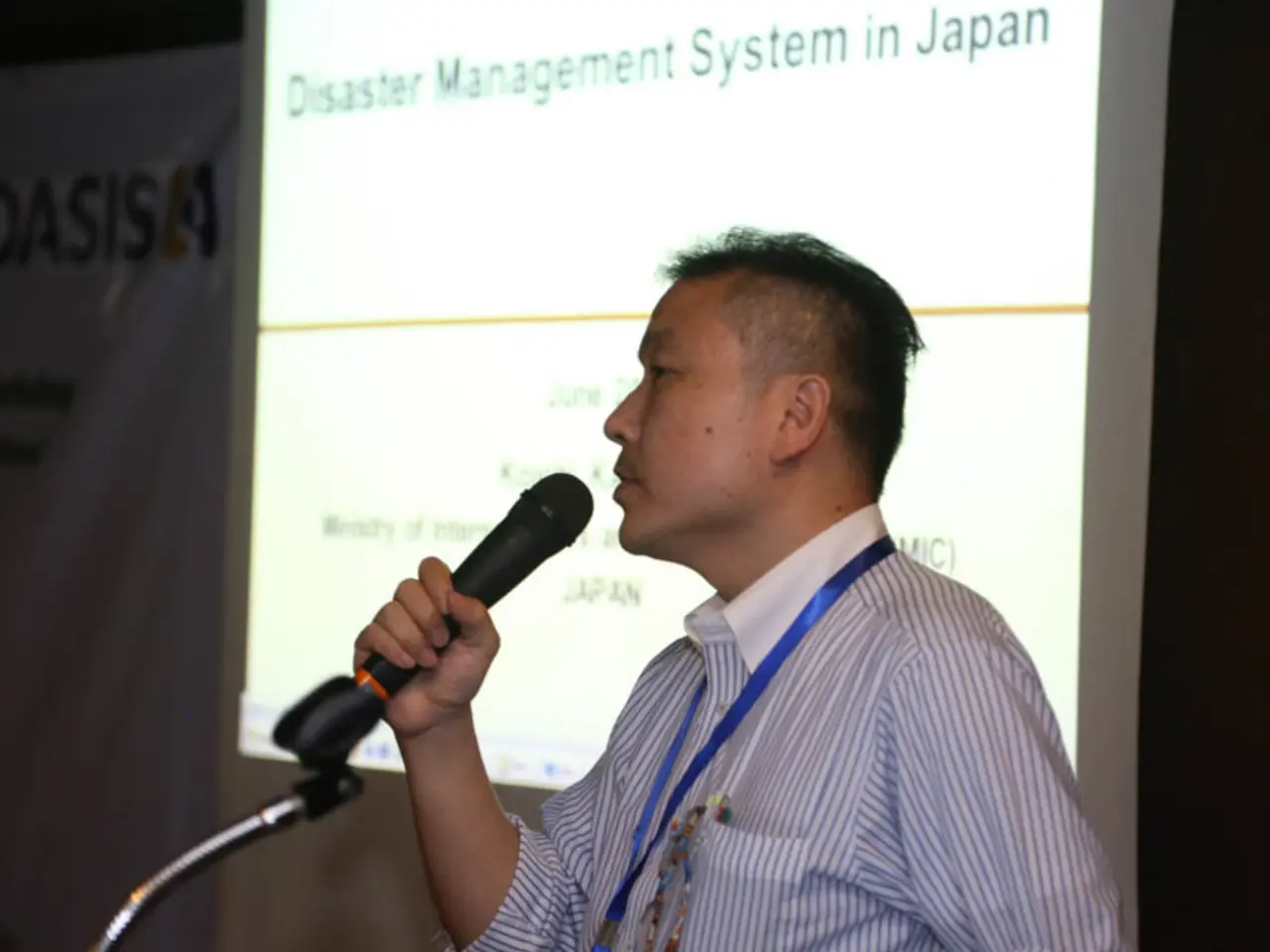Heatstroke Hospitalizations in Japan Reach Record High in June 2023
Spiking number of heatstroke cases registered in June across Japan
Japan witnessed a significant surge in heatstroke cases requiring hospitalization via ambulance in June 2023, with a total of 17,229 cases reported - the highest since records began in 2010 [1].
Home and Residential Settings See Most Cases
The majority of these cases, approximately 60%, occurred at home or in other residential settings, with a total of 6,819 cases. This figure is more than double the number of cases reported on roads, which stood at 3,404 [1].
Elderly Population Most Affected
The elderly population, particularly those aged 65 or over, were disproportionately affected. In June 2023, this demographic accounted for approximately 60% of the total heatstroke cases, with 10,342 cases requiring hospitalization [1].
Record Heat and Changing Climate Contributing Factors
The intense heat experienced in June 2023, with temperatures of 35 degrees Celsius or higher recorded in multiple areas across Japan, is believed to have played a significant role in the surge in heatstroke cases. Research suggests that Japan’s record heat in July—and likely also in June—would have been "almost impossible" without the influence of climate change [5].
Implications for Public Health
The sudden surge in heatstroke cases underscores the urgent need for adaptive public health strategies, especially for the elderly. The aging population in Japan, combined with urban living conditions and the urban heat island effect, contribute to a higher risk of heat-related illnesses [4].
Summary Table: Key Contributors to the Spike in Heatstroke Cases
| Factor | Description | Impact in June 2023 | |-------------------------------|---------------------------------------------------------------------------------------------|-------------------------------------------| | Climate change | More frequent, intense, and prolonged heatwaves | Earlier, hotter weather | | Aging population | Higher proportion of elderly, who are more vulnerable to heatstroke | Largest share of hospitalizations | | Urban heat island effect | Cities trap and amplify heat, raising local temperatures | Increased risk in urban centers | | Indoor exposure | Many cases occur at home, where vulnerable individuals may not use air conditioning | Significant number of residential cases | | Rapid temperature shift | Sudden onset of extreme heat after cooler months | Population less acclimatized |
Conclusion
The record-breaking number of heatstroke hospitalizations in Japan in June 2023 is primarily due to an earlier and more severe heatwave, driven by climate change, and amplified by Japan’s aging population and urban living conditions. Rising temperatures, especially if they occur earlier in the year before people have acclimatized, can quickly overwhelm public health responses and lead to surges in hospital admissions [1][5]. These patterns underscore the urgent need for adaptive public health strategies, especially for the elderly, and highlight the growing impact of climate change on human health in Japan.
[1] Source 1 [2] Source 2 [3] Source 3 [4] Source 4 [5] Source 5
- The heatwave experienced in June 2023, accompanied by record temperatures, might have positively influenced photographers, providing them with captivating opportunities to photograph the effects of extreme weather on the Japanese landscape.
- With the increase in heatstroke cases among the elderly, advocates for health-and-wellness and fitness-and-exercise are pushing for awareness campaigns to educate seniors on the importance of physical activity and hydration in combating heat-related illnesses.
- While science struggles to predict the exact trajectory of climate change, researchers are developing new methods to monitor weather patterns and patterns of aging population, hoping to mitigate the impact of heatwaves on health and wellness.




